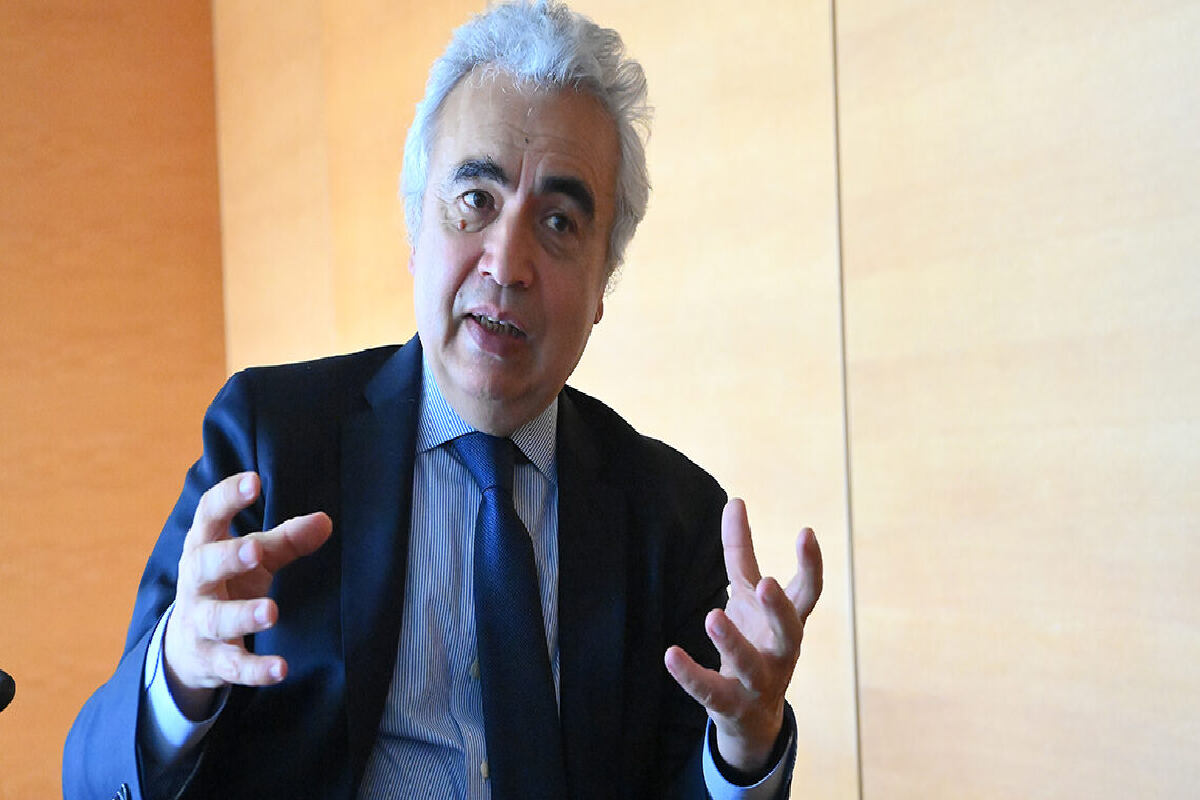
India can contribute to the global energy revolution in three ways. It needs to raise its voice much louder to highlight successful measures in recent years, such as village electrification, the Ujjwala programme (which provides LPG connections to impoverished households), the LED revolution, and now the solar drive. Many countries can draw inspiration from it.
The second possibility is that it may share its experience in achieving these objectives. When Prime Minister Narendra Modi met US President Joe Biden recently in Washington, the joint statement included a language supporting India’s full participation in the IEA. I am looking forward to India joining the IEA soon. The third is that there are numerous obstacles to overcome.
If India is able to ease the bureaucratic procedures for investment flows, we will see huge international investment flowing into India. The G20 Energy Transition Working Group has agreed on low-cost finance to help with the transition to clean energy. What tangible steps do you believe are required in this regard?
However, practically all of the growth came from industrialised economies and China. We need this worldwide to address climate change. Emissions lack a passport. It is critical that we supply or enable clean energy investments to developing countries, not only ethically but also rationally.

















